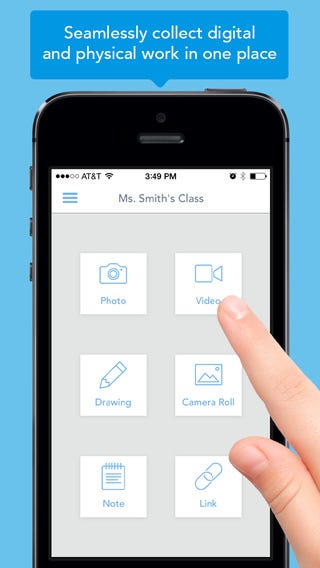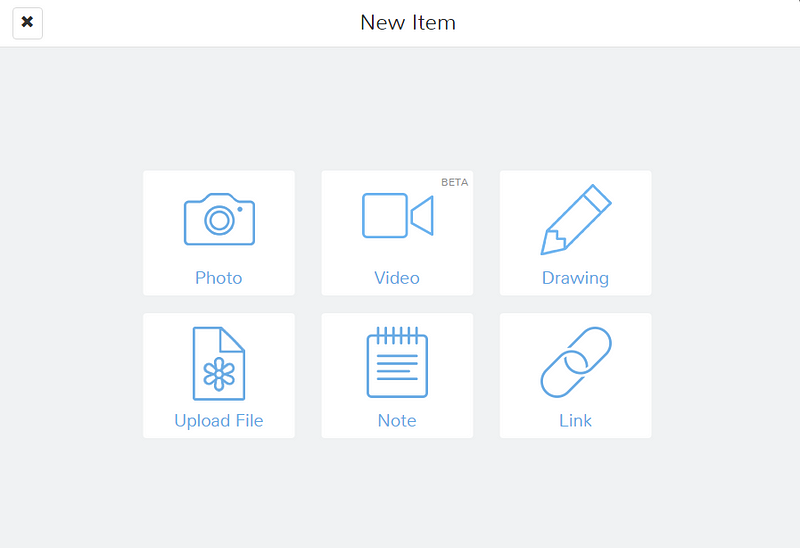Journaling can play an important part in the classroom for a number of reasons. Journaling helps students develop their writing skills and become a more confident writer. It's a great way for students to self-reflect. And, in the case of a free-form journal, it may aid in decreasing stress as they are able to pour out their thoughts and emotions. Journaling in the classroom is also a great way for students to reflect on their learning.
As far as journaling tools go, there are the obvious word processors such as Google Docs, Pages, and Word. But the following are five unique ways students can journal in the classroom:
- Google Slides/Keynote: Presentation apps are an easy way for students to organize their journals and an easy way for teachers to review them. Simply use each slide as a day's journal entry. Let students edit the slide so they might include pictures, themes, and various fonts.
- Seesaw: I've written how cool Seesaw is as far as keeping a student portfolio. In essence, it's a journal where students can reflect on their work by including pictures and video about what they're doing in the classroom. Take it one step further and post some of the student entries on the class blog included in Seesaw.
- Kidblog: A way for students to not only keep a journal, but develop good digital citizenship skills by creating a blog. Kidblog is a blogging platform tailored for the classroom. With Kidblog, the teacher is in complete control. From who can see the posts to who can comment, Kidblog puts the teacher in total control of the blog.
- Tag Journal: An iOS app that can be used for both note-taking and journaling using, text, voice recording, and pictures. The cool thing about Tag Journal is reflected in its name. You can "tag" your entries. A student may want to tag journal entries specific to what they're learning in class. For example, tag entries regarding the Civil War or World War II. It's a great way for students to organize their journal according to topic or subject.
- Paper by Fifty Three: A unique way to keep a journal. Unleash students creativity and give them ownership of their learning with this iOS app. There's no end to what students can do with Paper. Paper enables students to be creative in documenting their learning by giving them the ability to draw using a variety of tools, annotate screenshots, incorporate photo's, as well enter text.




